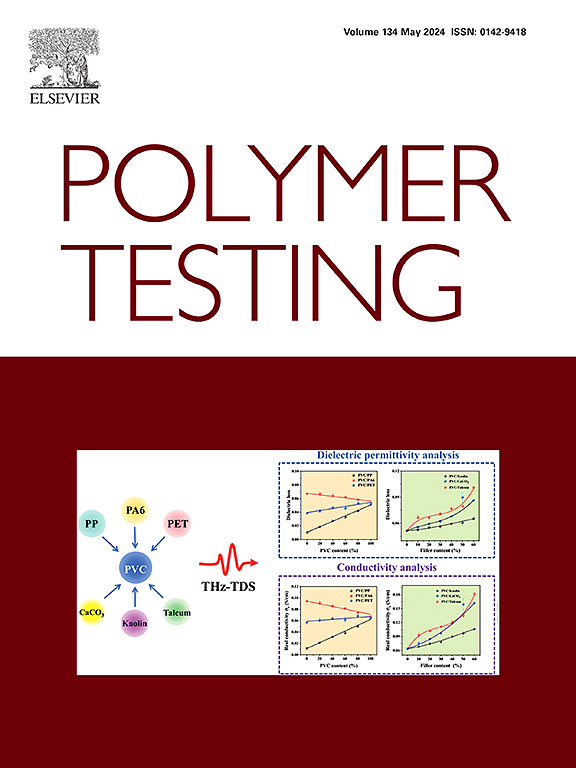Construction of cross-linked PEO grafting copolymer for high-performance gel electrolyte
IF 5
2区 材料科学
Q1 MATERIALS SCIENCE, CHARACTERIZATION & TESTING
引用次数: 0
Abstract
It is an urgent demand of polyethylene oxide with poor crystallinity, high electrolyte affinity and ionic conductivity in portable electronics usage. In the present work, crosslinked poly (glycidyl methacrylate) (PGMA) grafting modified PEO has been prepared. Firstly, PGMA with controlled chain length can be highly efficient covalent anchored on PEO main chain with the assistance of N-hydroxyphthalimide (NHPI) catalysis combined with activators regenerated by electron transfer ATRP (ARGET-ATRP). Then the grafted PGMA chains undergone crosslinked process in the presence of 4, 4-diaminodiphenyl sulfone (DDS) to produce crosslinked PEO-g-PGMA (C-PEO-g-PGMA) film. The film could be used in electronic devices, and it exhibit amorphous structure, higher electrolyte wettability and mechanical strength compared to that of pure PEO. Moreover, the performance for electrical double-layer capacitor (EDLC) assembled with electrolyte-soaked C-PEO-g-PGMA films were sharply higher than that of EDLC with PEO. The present study provides a novel and highly efficient methodology for the modification of poly (ethylene oxide) (PEO) through crosslinked grafting side chains.
求助全文
约1分钟内获得全文
求助全文
来源期刊

Polymer Testing
工程技术-材料科学:表征与测试
CiteScore
10.70
自引率
5.90%
发文量
328
审稿时长
44 days
期刊介绍:
Polymer Testing focuses on the testing, analysis and characterization of polymer materials, including both synthetic and natural or biobased polymers. Novel testing methods and the testing of novel polymeric materials in bulk, solution and dispersion is covered. In addition, we welcome the submission of the testing of polymeric materials for a wide range of applications and industrial products as well as nanoscale characterization.
The scope includes but is not limited to the following main topics:
Novel testing methods and Chemical analysis
• mechanical, thermal, electrical, chemical, imaging, spectroscopy, scattering and rheology
Physical properties and behaviour of novel polymer systems
• nanoscale properties, morphology, transport properties
Degradation and recycling of polymeric materials when combined with novel testing or characterization methods
• degradation, biodegradation, ageing and fire retardancy
Modelling and Simulation work will be only considered when it is linked to new or previously published experimental results.
 求助内容:
求助内容: 应助结果提醒方式:
应助结果提醒方式:


